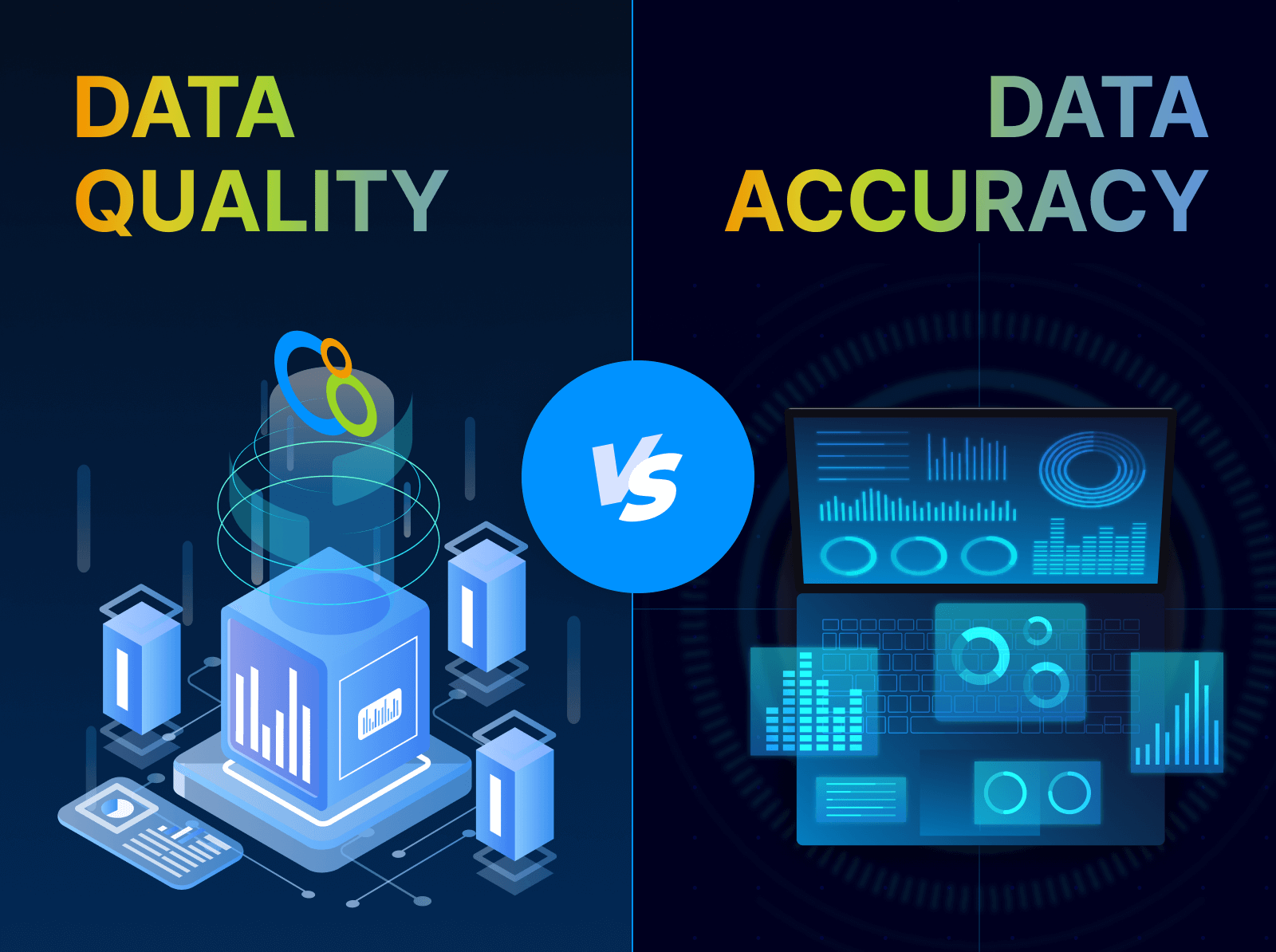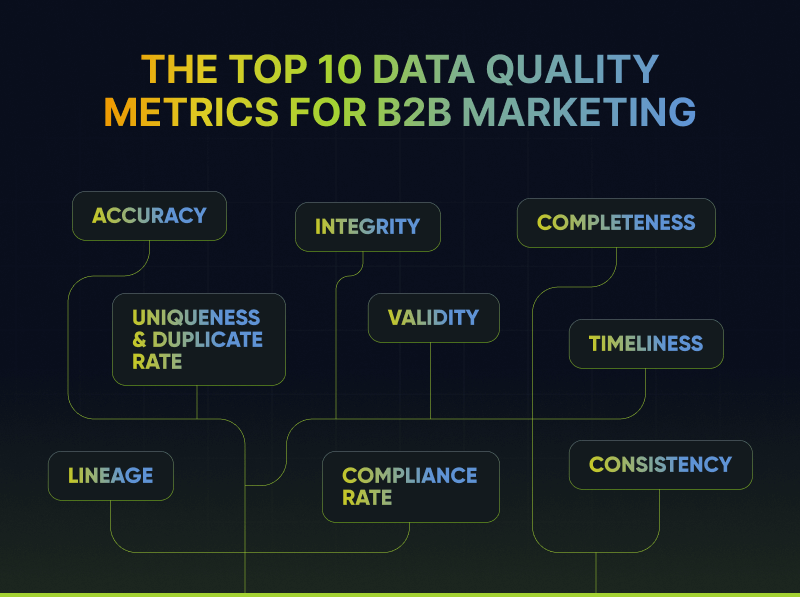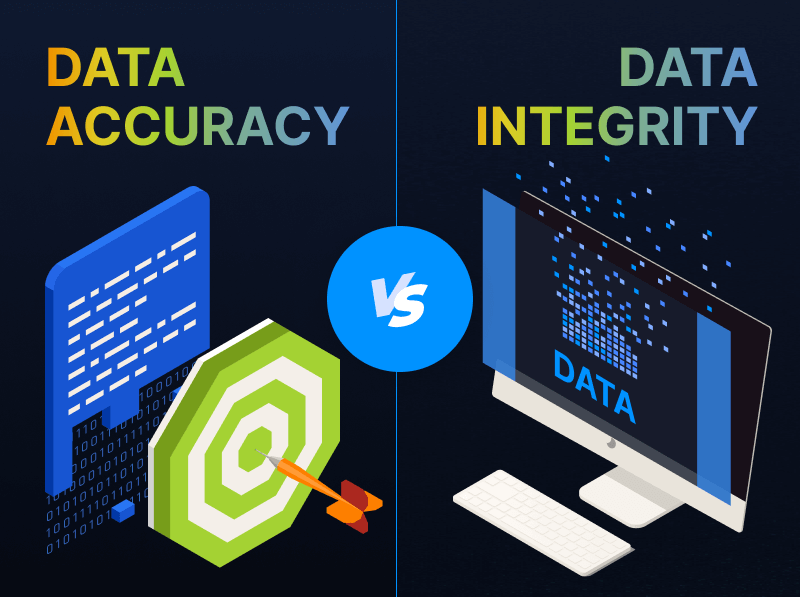Unstructured Lead Lists Drain Resources and Harm ROI: A Helpful Guide
The Pitfalls of Unstructured Lead Data
In the fast-paced world of B2B marketing, unstructured lead lists have often been a significant obstacle for many organizations, including some of the largest names in the industry. We see this time and again, companies pay for and received a lead. The problem is what comes next.
What compounds the problem is most of the leads don’t come one at a time, through a standardized form, they come to you as large excel sheets, and if you’re lucky, some very basic formatting. These lists are rife with data hygiene issues – lacking any standardization, and having never been validated. Thus, leading to a host of downstream issues your MOPs team will not thank you for later.
Bad data is costing companies real money….a lot of it
Accurate data is crucial for business success, yet poor data quality can lead to significant financial losses and missed opportunities. Studies highlight the immense cost of bad data, affecting everything from revenue to sales forecasting. Below are some staggering figures that underline the importance of maintaining high data quality:
IBM estimates that US companies collectively lose more than $3.1 trillion annually due to poor data quality, and Gartner suggests an average of $15 million lost per company per year. This lost revenue and missed sales opportunities stem from inaccurate or incomplete lead data, which can result in incorrect pricing, inaccurate forecasts, and poor “data driven decisions”. Many studies estimate this cost to be over 20% of annual revenue.
Businesses today are inundated with lead data from various sources: content syndication vendors, event registration files, online forms, and more. This influx causes several major problems:
- Data Formatting Hassles: With no standardized format, merging data from different sources becomes time-consuming and error-prone.
- Lack of Standardization: Inconsistent data fields and formats make it challenging to maintain a unified view of leads, and impossible to properly segment.
- Integration Barriers: Unstructured data hampers seamless integration with CRM and MAP systems, resulting in data silos and operational inefficiencies.
- Compliance Concerns: Non-standard data often falls short of compliance requirements, risking legal repercussions and loss of customer trust.
Inefficient lead management results in wasted resources, poor ROI reporting, and missed opportunities. The sheer volume and velocity of incoming leads can overwhelm sales teams, leading to ineffective prioritization and follow-ups. Moreover, without proper data validation, companies end up chasing invalid or duplicate leads, further straining their marketing operations.
Challenges of Managing Unstructured Lead List Data for Marketing Operations, Field Marketing, and Demand Generation Teams
In the realm of field marketing, demand generation, and marketing operations, it is painfully obvious that managing unstructured lead list data can be overwhelming, resulting in various complications. Inaccurate or incomplete data can lead to ineffective campaigns, while manual list uploads bring about time-consuming tasks prone to errors. Moreover, lack of data consistency across various datasets complicates lead management, and filtering out invalid leads is often a daunting task.
These operational hurdles don’t just waste resources and time, but severely cripple your pipeline and conversion rates. Let’s delve deeper into these issues and understand how they impact your teams.
Marketing Operations
- Data Quality Issues: Inaccurate or incomplete data leads to ineffective campaigns.
- Formatting and Uploading Lists: Manual list uploads are time-consuming and prone to errors.
- Standardizing Data: Lack of consistency across datasets makes it difficult to manage leads effectively.
- Validation Process: Filtering out invalid leads is crucial but can be challenging without automated systems.
- Deduplicating Leads: Duplicate entries between databases can waste resources and skew metrics.
- Automation Rules Breaking: Broken automation rules result in bad data clogging marketing systems.
Demand Generation
- Deduplication Challenges: Inability to reject duplicate lead data across content syndication vendors and marketing databases.
- Low Conversion Rates: Poor-quality leads affect conversion rates and revenue.
- Pipeline Deficiencies: Inadequate pipeline due to junk leads and inefficient follow-up processes.
- Ineffective Bad Data Programs: Temporary solutions that credit bad leads after 90 days do not address the root problem, leading to wasted upfront spending.
Field/Event Marketing
- Lead Capture Method Variability: Different methods for capturing leads at events cause inconsistencies.
- Adoption Challenges: Difficult-to-learn processes deter sales reps from adopting new systems.
- Slow Speed-to-Lead Timeframes: Delays in processing leads post-event reduce their effectiveness, as follow-ups become less relevant over time.
- Low Lead to Pipeline Conversion Rate: Slow follow-up and poor data quality hinder lead conversion.
Solutions to Unstructured Lead Data Challenges
Recognizing these issues, companies must adopt structured lead management practices and leverage technology solutions designed to streamline and enhance lead processing workflows. Here’s how to tackle the problem effectively:
Regular Updates and Cleansing
Regular updates and cleansing of lead lists are crucial. Implement a robust data management strategy that includes periodic reviews and automated cleaning tools to maintain the integrity of your leads. Automated tools can streamline the integration process, reducing the risk of data duplication or loss.
Implement Lead and Account Scoring
Utilize scoring to prioritize high-potential leads. By assigning scores based on criteria such as engagement level, demographic information, and purchasing intent, sales teams can focus on the most promising leads first, ensuring efficient processing and follow-up.
Leverage AI Powered Data Analytics
AI powered data analytics can sift through large lead lists and identify the highest potential leads. Analyzing key metrics and behavioral data enables targeted marketing and sales efforts more likely to convert. This focused approach enhances marketing ROI and prevents efforts from being diluted.
Enforce Strict Data Privacy Measures
Stay compliant with evolving data privacy laws by enforcing strict data privacy measures within your organization. Regular audits and staff training on data privacy best practices will promote transparency and secure data handling.
Establish Reputable Partnerships
Develop partnerships with reputable lead list providers or consider building in-house methods for sourcing leads. Vet providers carefully to ensure their data is accurate, relevant, and compliant with privacy regulations.
The Integrate Solution
This is precisely where Integrate steps in. Our platform offers comprehensive solutions to these common problems. By automating the entire workflow, Integrate ensures smooth, efficient operation, enabling businesses to focus on growth, revenue, and success.
Integration with CRM Systems
Automation tools, like those provided by Integrate, streamline the integration process with CRM systems. This process significantly reduces the risk of data duplication or loss, ensuring lead data is seamlessly synchronized across your systems, thus enabling more efficient and accurate tracking.
Validation and Deduplication
Integrate’s validation process ensures you only chase marketable contact records, filtering out invalid leads, and preventing duplicate entries. This results in significant time and cost savings, improved data quality, and more accurate metrics.
Standardization and Manual List Uploads
Using Integrate simplifies adding new leads from any demand generation channel by reducing the time-consuming effort of formatting and uploading lists. The platform acts as a bridge, validating and standardizing incoming data to maintain consistency and reliability.
Global Consent Management
Integrate can handle your global consent management to ensure all leads are compliant with the latest data privacy regulations. By automating consent tracking and maintaining detailed audit trails, Integrate minimizes legal risks and enhances customer trust.
Customer Testimonials: Tackling Unstructured Lists and Boosting Efficiency
Below are customers explaining how we can help them tackle the problem of dealing with unstructured lists in their own words. They share their experiences and challenges, detailing how our solutions have made a significant impact on their workflow and efficiency.
Validation
- “Integrate ensures we do not pay our Content Syndication providers for non-marketable contact records.”
- “Validation process helps filter out all invalid leads.”
- “All responses are added to Eloqua, fully validated, with required marketing decorations.”
Deduplication
- “Integrate saves us time and money by rejecting duplicate leads, invalid emails, and non-criteria data.”
- “De-dupes content syndication leads and ensures quality leads.”
Standardization and Manual List Uploads
- “Using Integrate simplifies the addition of net new leads from content syndication and event sources.”
- “Reduces the time-consuming effort of formatting and uploading lists.”
- “Instead of using APIs, Integrate acts as a bridge, validating and standardizing incoming data.”
Conclusion
Addressing the challenges posed by unstructured lead data is not optional—it’s imperative for any organization aiming to maximize its marketing and sales effectiveness. By adopting structured lead management practices and leveraging advanced technology solutions, such as those offered by Integrate, companies can transform chaotic lead data into streamlined, actionable insights. This not only enhances operational efficiency but also drives significant improvements in ROI. Don’t let bad data cripple your potential; invest in robust data management strategies today to unlock new levels of growth and success









